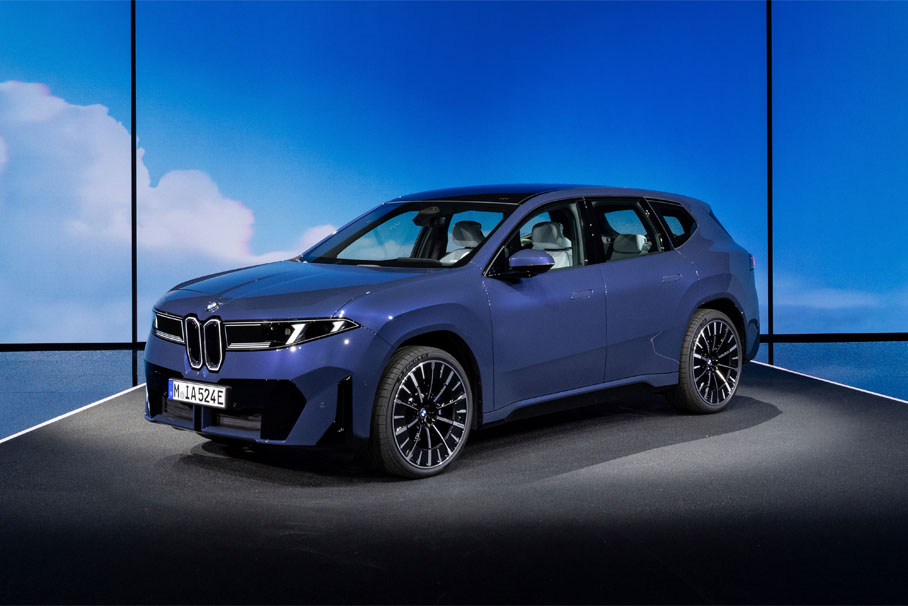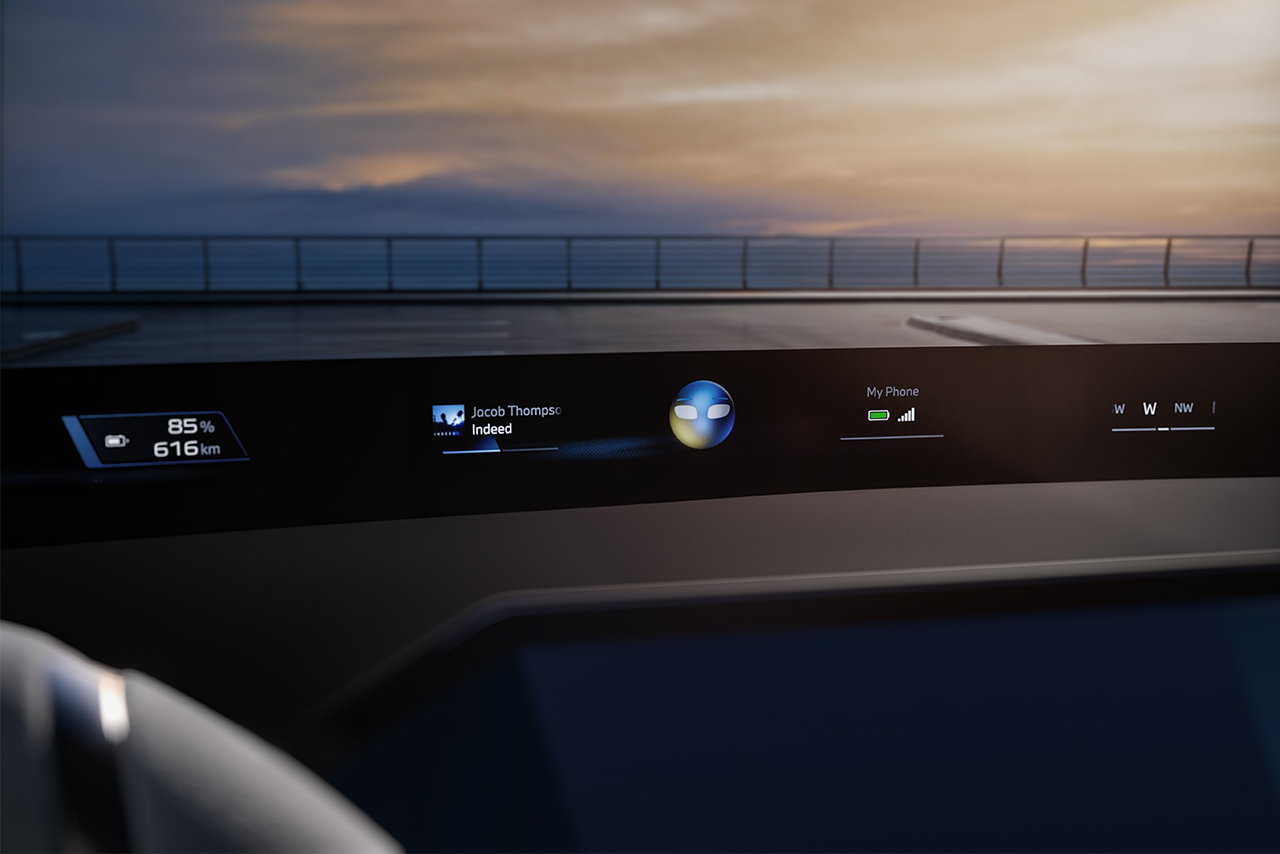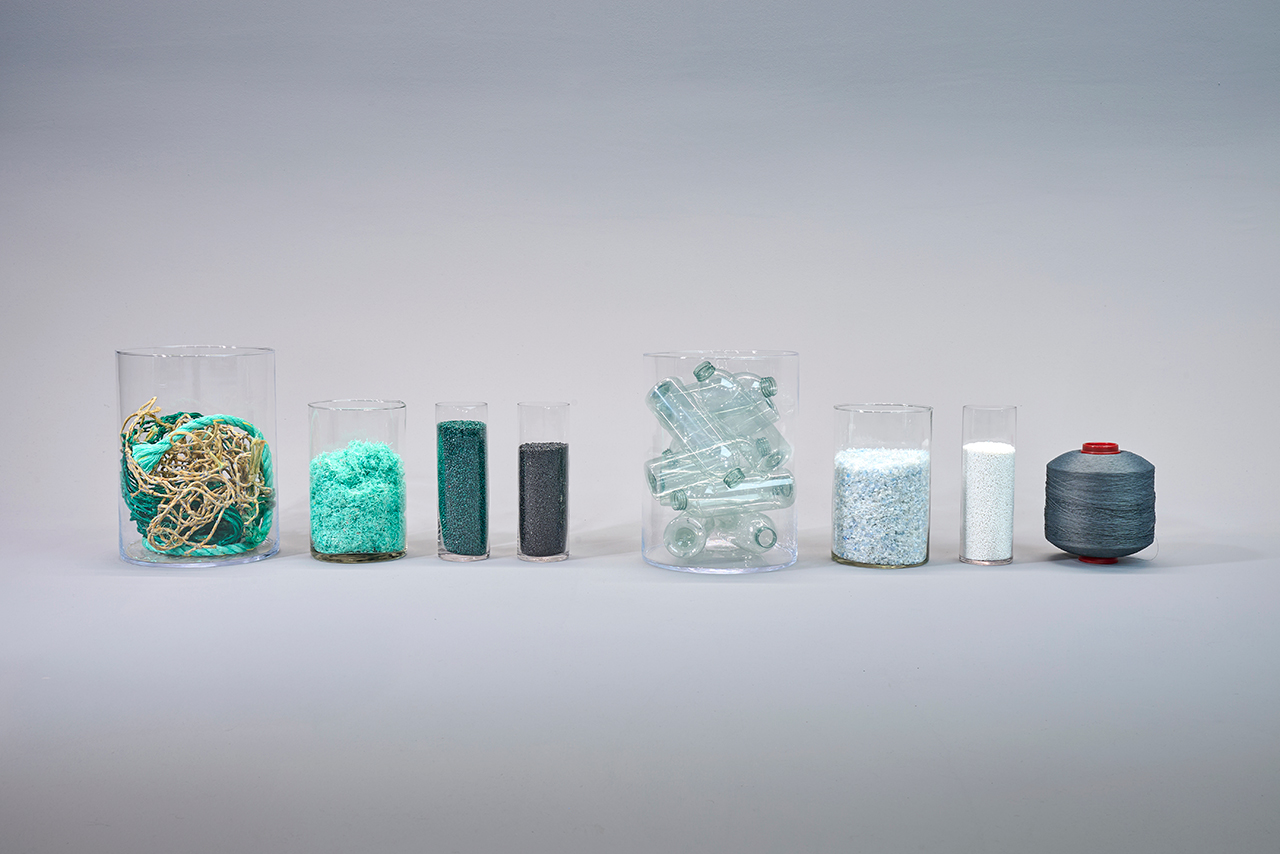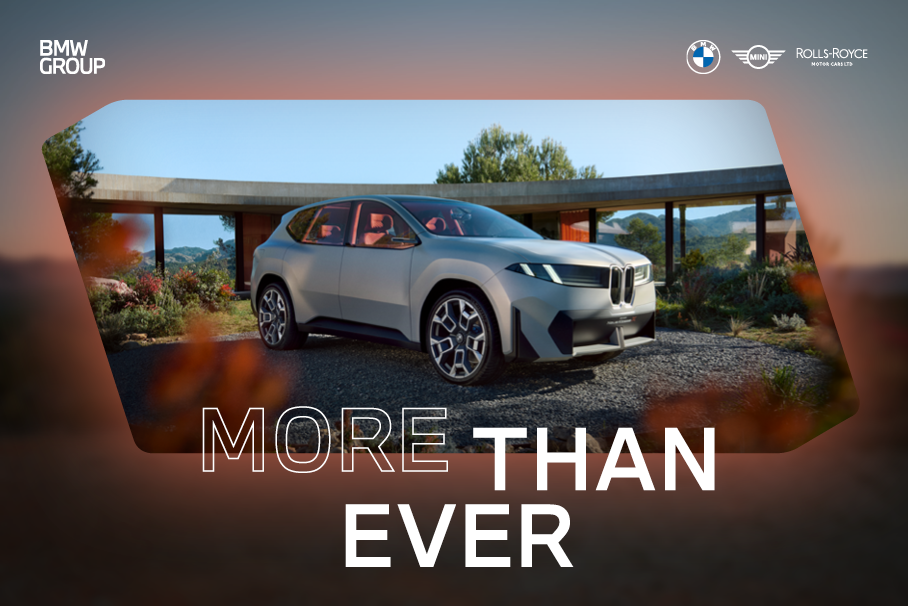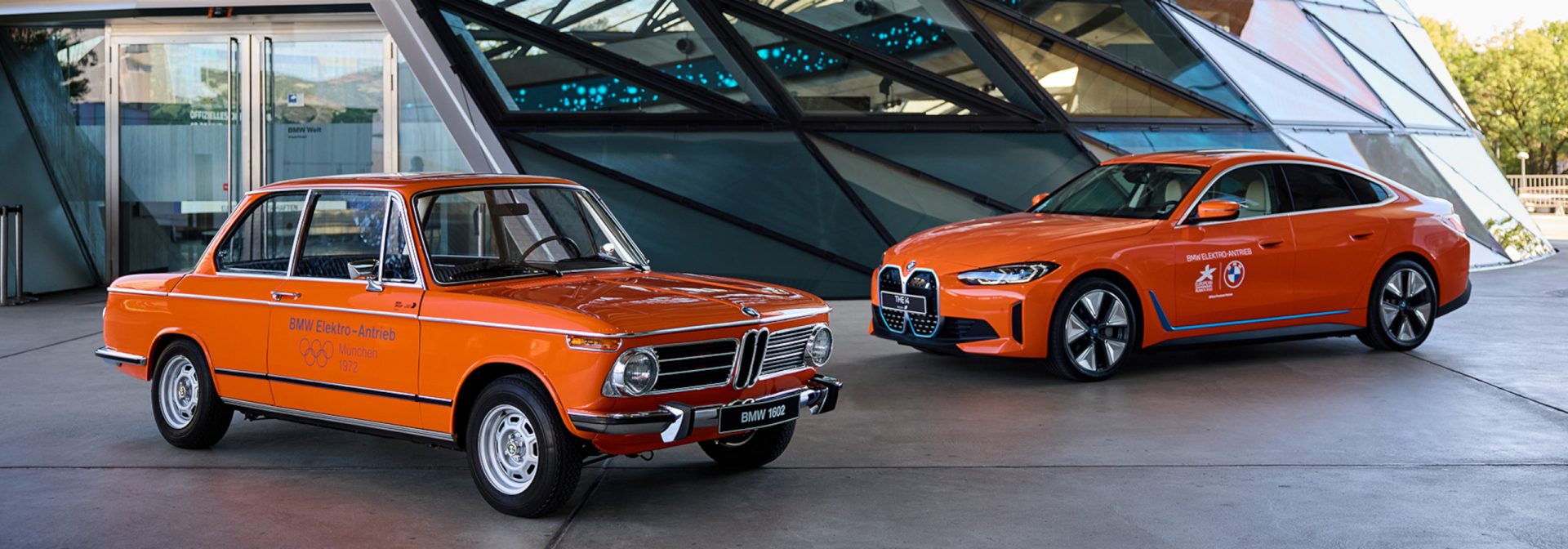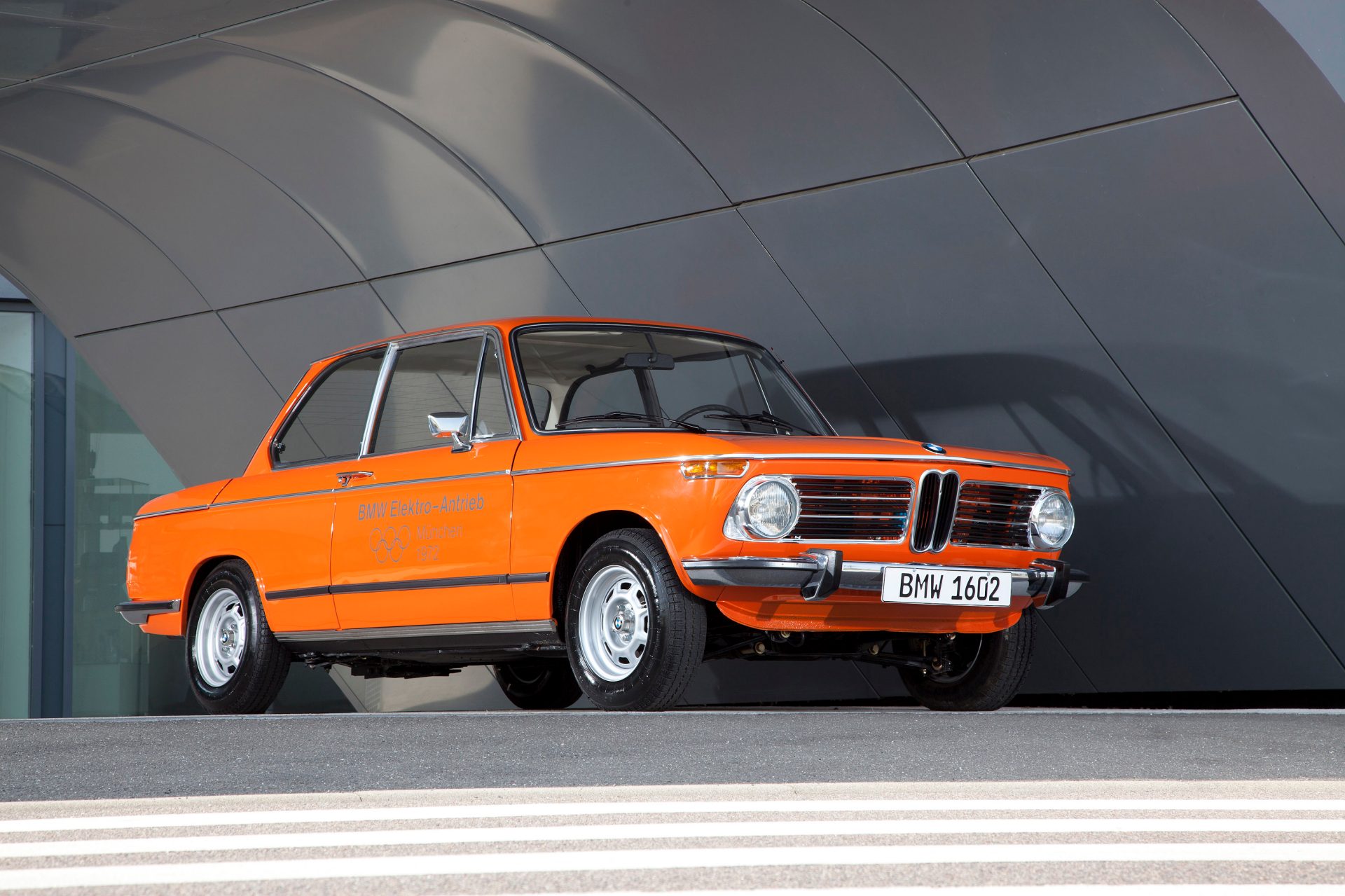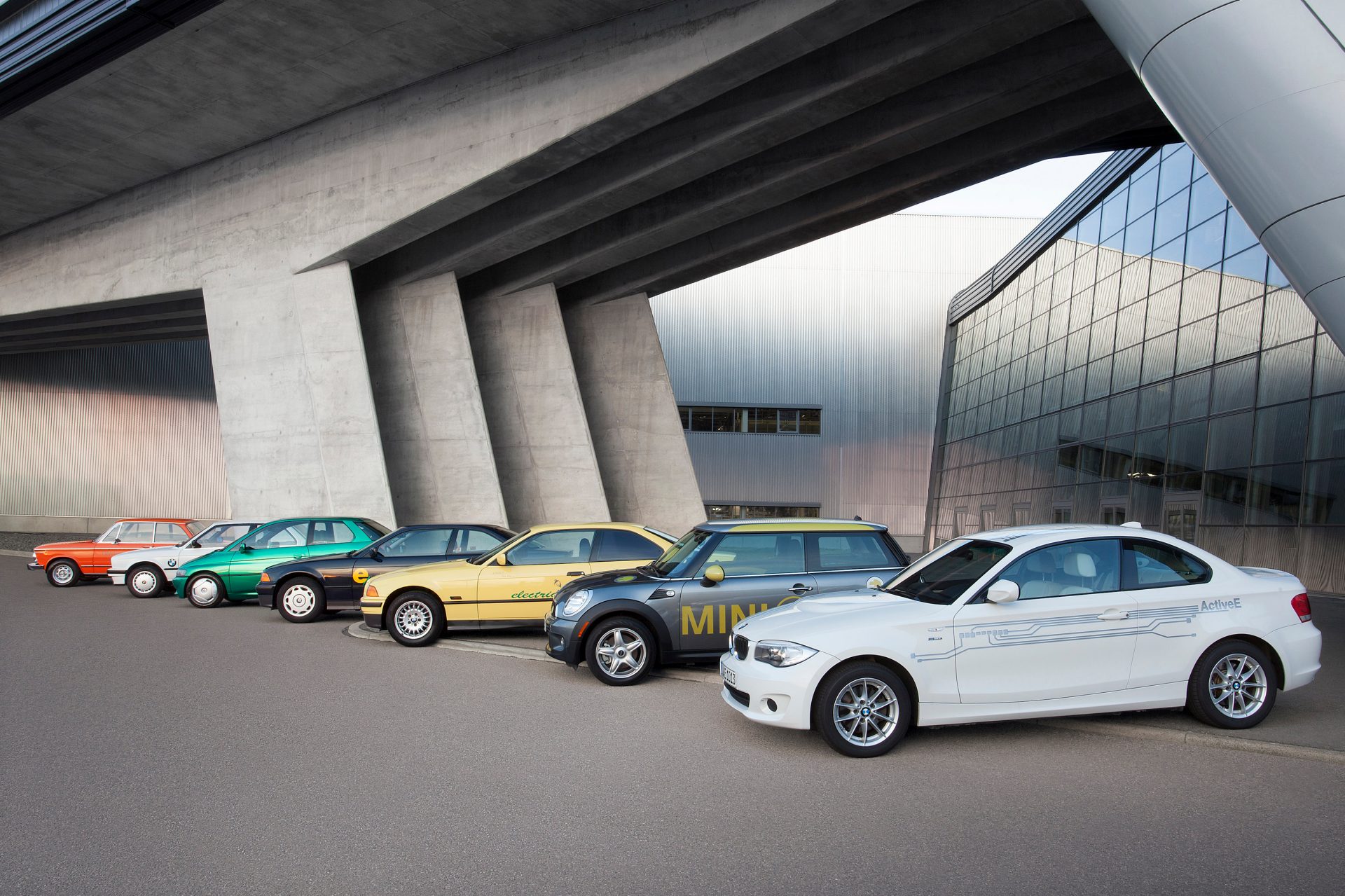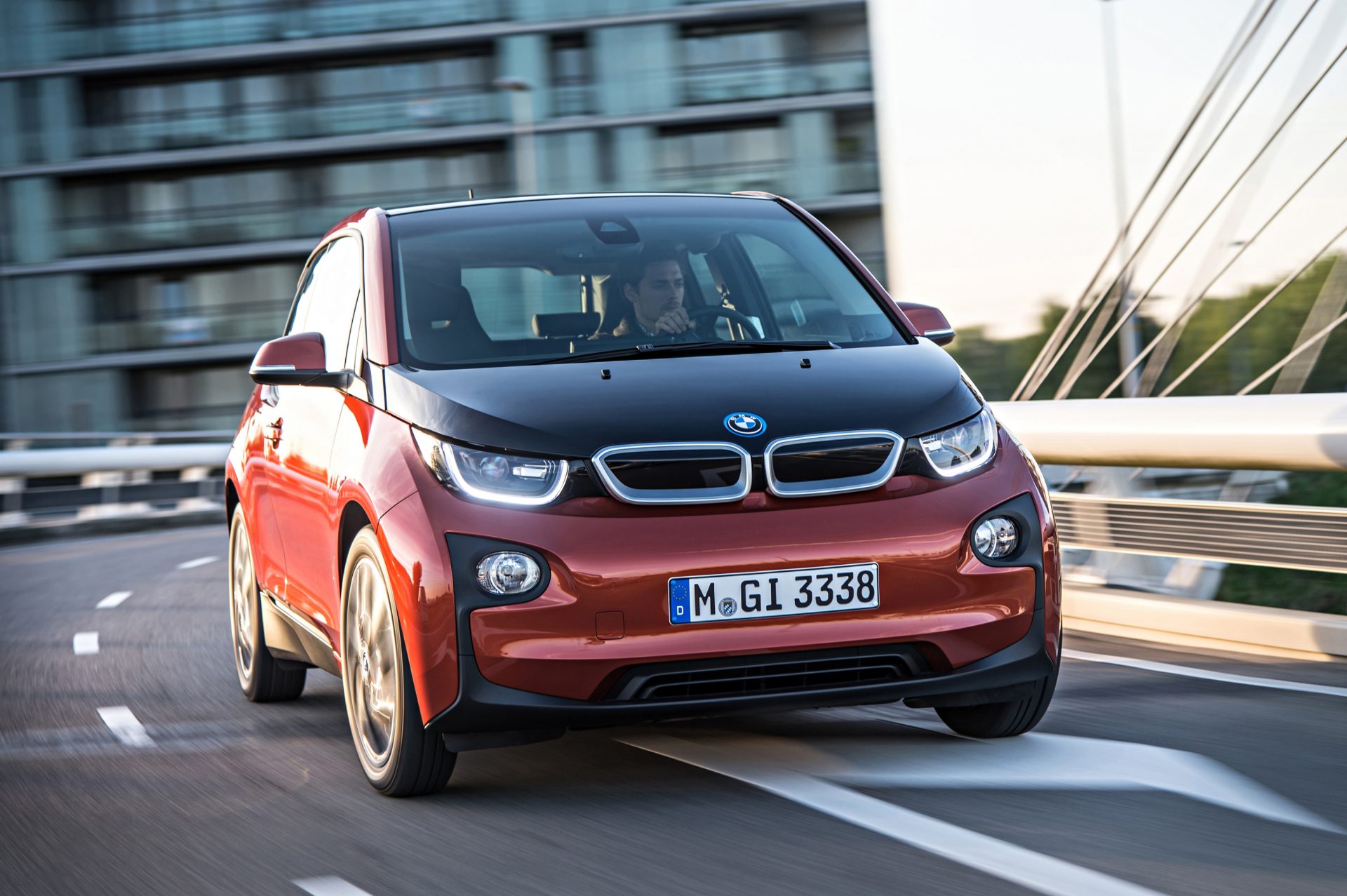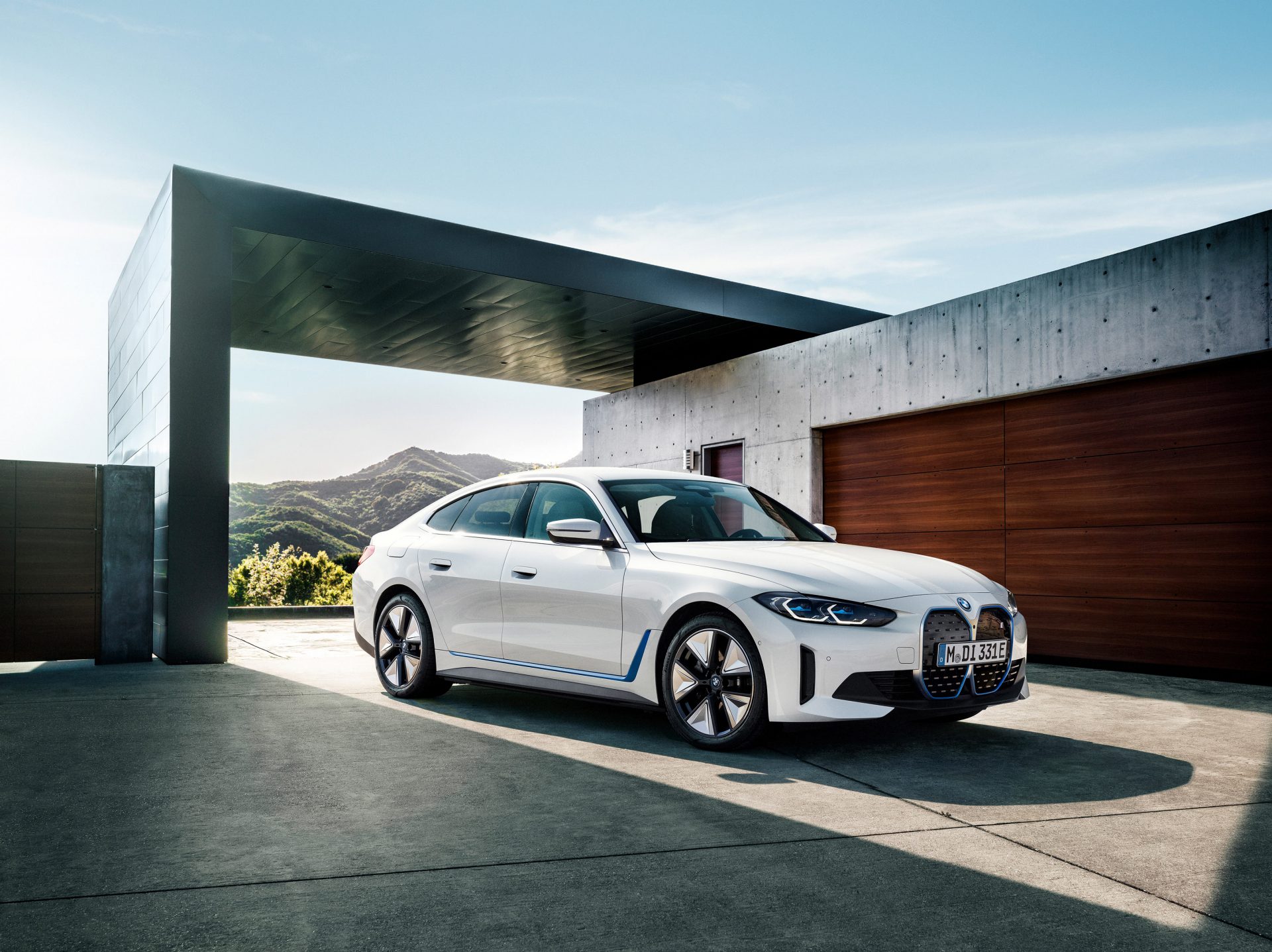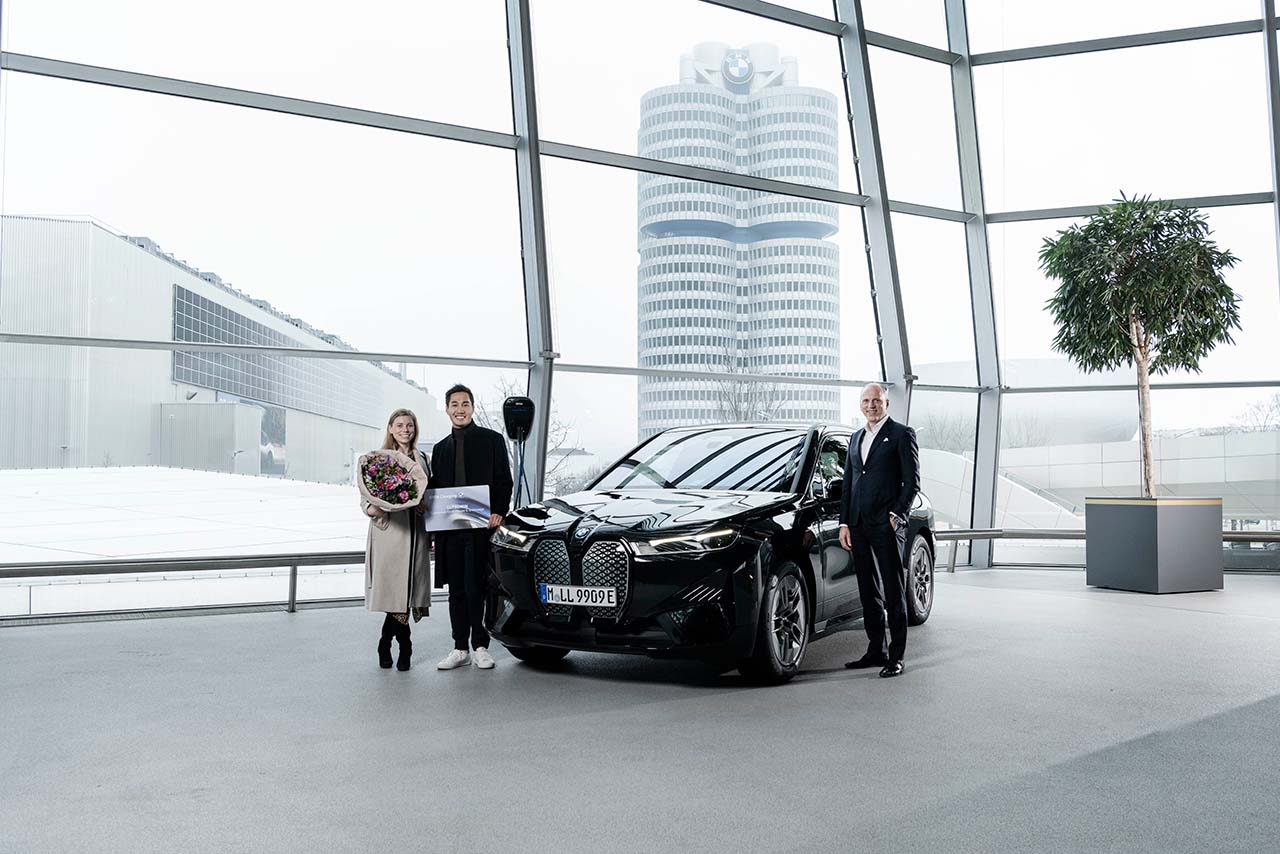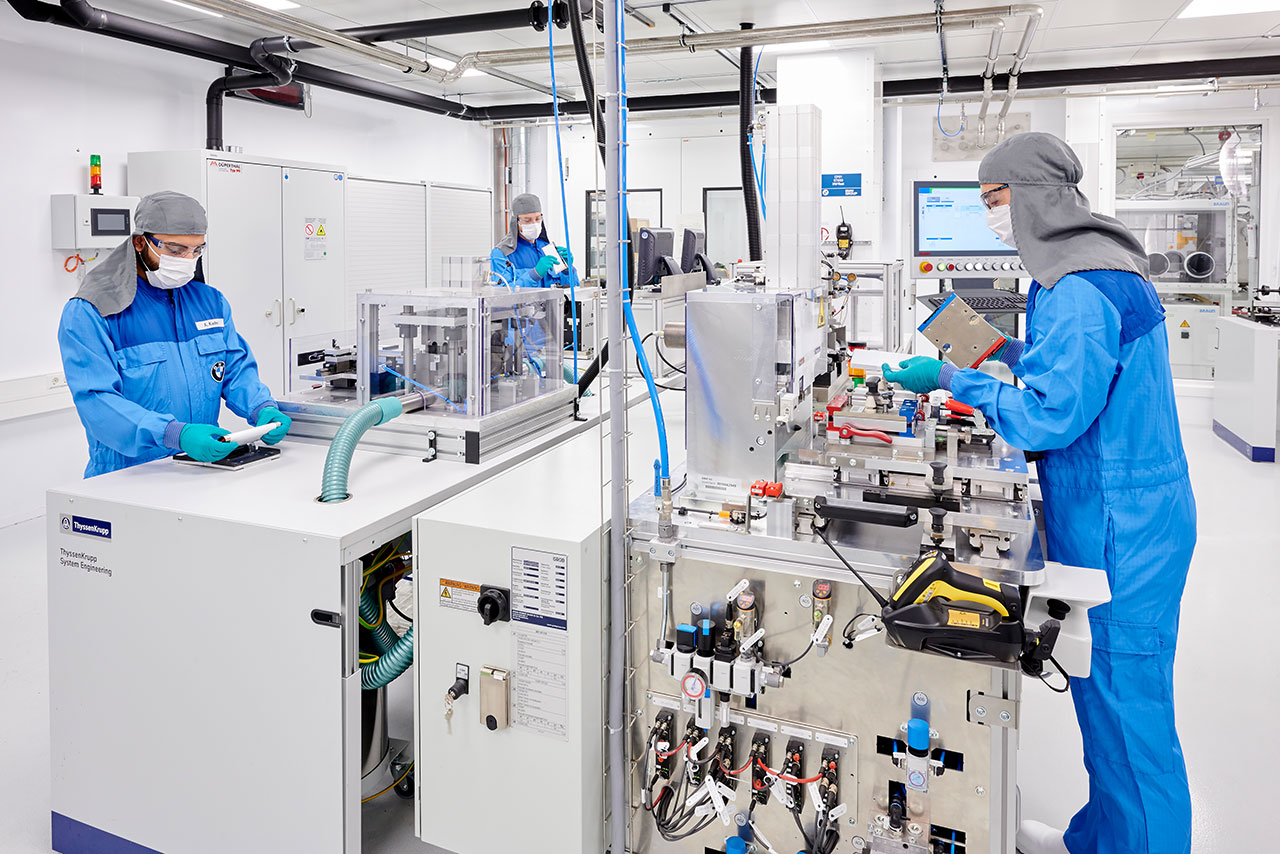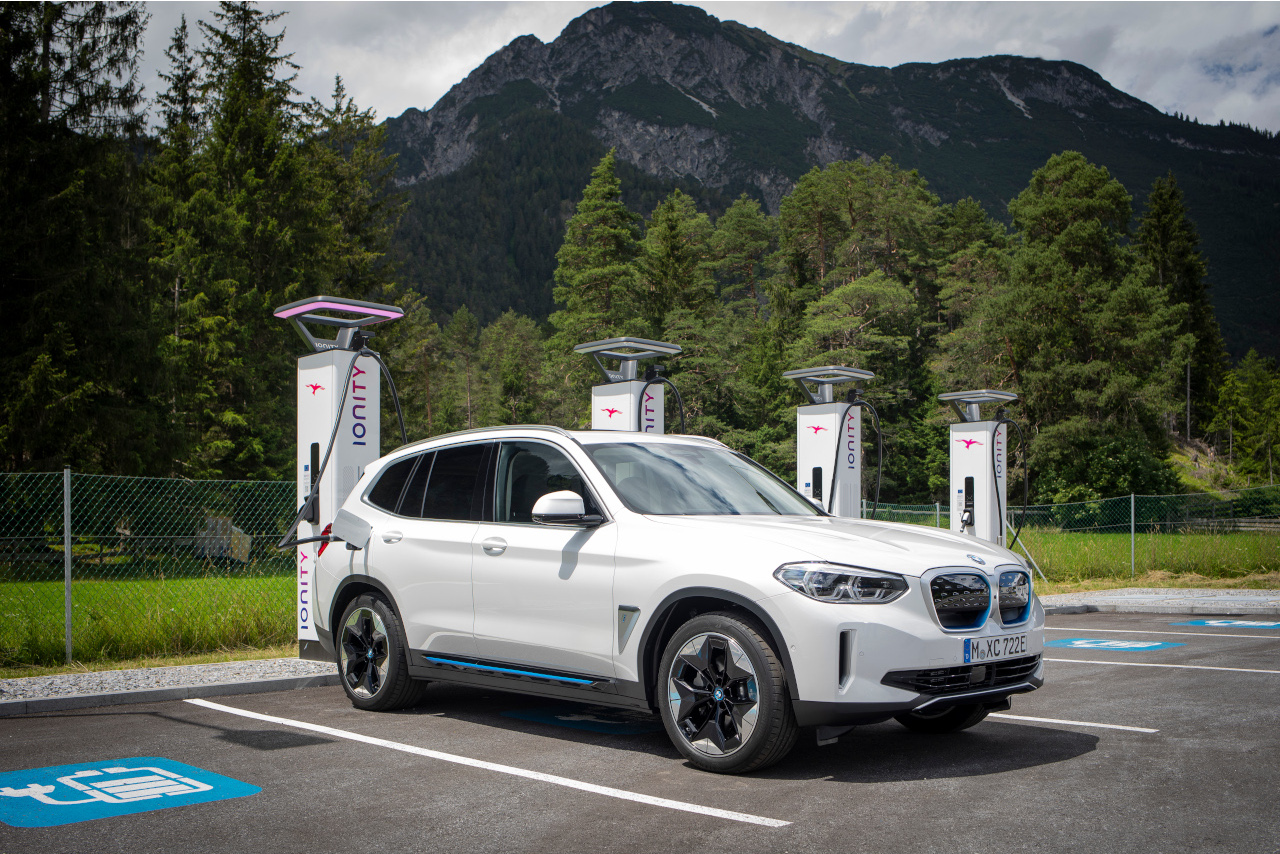The visionary history of electric BMW vehicles begins with two cars at the 1972 Olympic Games. They are the prelude to groundbreaking research and development.
The BMW Group sets impressive standards with its electric vehicles. The company already offers ten models in six model series. It is the broadest offering amongst premium manufacturers. In the first half of 2022, the company more than doubled its sales of all-electric vehicles compared with the same period last year. Fifty years ago, this record seemed like a vague vision of the future: passenger cars going all-electric as standard? That was hard to imagine.
Nevertheless, the BMW Group took the courageous step in 1972 and, in retrospect, proved to be a pioneer once again. At the Olympic Games in Munich, two converted BMW 1602 vehicles were used by the organizing committee as support and camera cars in various long-distance competitions. This marked the beginning of a pioneering, forward-looking development that continues in current all-electric models from the BMW Group such as the bestsellers BMW iX3 and Mini Cooper SE or, for example, the four-door Gran Coupé i4 and the premium SAV iX. With the Neue Klasse, which will be produced starting in 2025, the transformation to electric vehicles will pick up speed yet again.
The BMW 1602 stands for pioneering spirit.
Initial research started as early as 1969, when BMW built two test vehicles based on the BMW 02 series to test electric drives. These are two models that marked the beginning of a path that the company has followed consistently, innovatively and confidently to this day. The BMW 1602 Electric reaches a speed of 100 km/h, and its maximum range of around 60 kilometers is still low by today's standards, however it reflected a pioneering spirit that is still present in the company today. Following its use at the 1972 Olympic Games in Munich, the BMW Group successfully sets various research and development projects in motion in aspiration to bring ever better and more efficient electric drives to the road.








